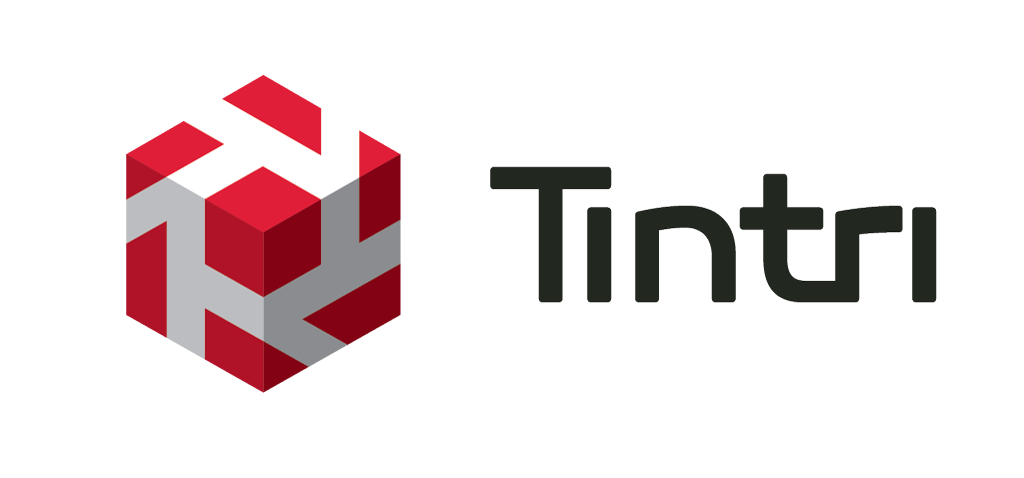Optimized for Performance
Tintri VMstore is engineered to deliver the highest possible application performance in an intelligent and cost-effective manner. Two examples of this are per-VM storage QoS and VM Auto-Alignment. Let’s take a look at these two a little more in-depth.
Per-VM Storage QoS
Typically, storage appliances are unaware of VMs, but Tintri is an exception. Because of Tintri’s tight integration with hypervisor environments like VMware, Hyper-V, etc., the Tintri file system has information about the VMs residing on it. With this VM information, the file system can distinguish between IOs generated by two different VMs. This forms the basis for providing per-VM Storage Quality of Service (QoS) in the file system.
QoS is critical when storage must support high-performance databases generating plenty of IO alongside latency-sensitive virtual desktops. This is commonly referred to as the noisy neighbor problem in legacy storage architectures that are flash-only and lack VM-granular QoS. Tintri VMstore ensures database IO does not starve the virtual desktops, making it possible to have thousands of VMs served from the same storage system.
Tintri VMstore’s QoS capability is complementary to VMware’s performance management capability. The result is consistent performance where needed. And all of the VM QoS functionality is transparent, so there is no need to manually tune the array or perform any administrative touch.
VM Auto-Alignment
VM alignment is another tricky issue that poses real challenges as virtualization deployment expands across enterprise data centers. Misaligned VMs magnify IO requests, consuming extra IOPS on the storage array. The impact snowballs as the environment grows, with a single array supporting hundreds of VMs. At this size, performance impact estimates range from 10% to more than 30%.
Every VM writes data to disk in logical chunks. Storage arrays also represent data in logical blocks. When a VM is created, the block boundaries of the VM and storage do not always align automatically. If the blocks are not aligned, VM requests span two storage blocks, requiring an additional IO operation.
Storage administrators in virtualized data centers attempt to address this issue by aligning VMs to reduce the impact of misalignment on performance. Unfortunately, realigning a VM is a manual, iterative process that generally requires downtime.
VMstore offers VM auto-alignment. Rather than the disruptive approach of realigning each VM, Tintri VMstore dynamically adapts to the VM layout. Tintri VMstore automatically aligns all VMs as they are created, migrated or cloned — with zero downtime. An IT administrator can now eliminate this arcane task and enjoy performance gains with no VM downtime, and zero administrator intervention.
Scale
Modern enterprises are facing growing data storage requirements. In part, this situation is due to an increased reliance on digital processing and communication tools, and greater data retention for business intelligence projects. However, accurately predicting how much data storage capacity each unique organization will need in five years, let alone in one, is incredibly difficult, and the ability to scale capacity is constrained by factors such as available space, power, and cooling.
Another capacity consideration is that storage technology is advancing very quickly. The brick-sized hard disk storage devices of the 1980s, holding the data equivalent of a single encyclopedia, have been replaced by devices an eighth of that size that are able to store the text from every book ever written.
Server virtualization helped to solve one of the major challenges of scaling applications by getting more usage out of available computing power. To solve scaling challenges with traditional storage, however, the storage industry is starting to embrace scale-out techniques which can also benefit from application-aware storage.
A scale-out architecture assumes that you want to grow capacity over time, and that each additional upgrade will be add both storage capacity and performance capability. Scale-out uses a type of building-brick methodology that adds each appliance into a seamless namespace, so that the underlying virtual servers and applications can access more capacity but without requiring reconfigurations.
The addition of application awareness to this scale-out architecture enables the upgrade process to be more granular. This is because application awareness gives an organization better insight into the underlying workloads and demands of applications compared to their ability to deliver against the requirements offered by the storage system. An admin might therefore configure the type of storage appliances added to storage pools for more flash, or for slower, but cheaper, hard disks for workloads where performance isn’t needed. The scale-out may favor appliances with more connectivity to the network, to reduce issues like latency, or to support more concurrent users. This mix-and-match approach enables organizations to tailor their requirements and budgets with more finesse.
Automation
Many enterprise IT teams are deploying private clouds to allow on-premises infrastructure to offer the streamlined consumption model, improved agility, and economics of the public cloud. Enterprises need to simplify and automate services available from existing IT infrastructure to achieve this goal.
All Tintri functions are presented via an external RESTful API. You don’t need to focus on disk; you can think purely about what you want to achieve:
- Offer Tintri snapshots on demand
- Offer VM replication on demand
- Sync data between two machines for a DevOps team
With the Tintri REST API, any automation tool can invoke Tintri-specific functions.
Integration is important, too. For example, VMware vRealize Automation has become a popular cloud platform supporting self-service for private and hybrid cloud deployments. VMware vRealize Orchestrator simplifies the process of creating fully custom workflows. Tintri vRealize Orchestrator plugin facilitates the integration and use of Tintri storage in vRealize environments. It provides a variety of pre-defined workflows for common Tintri tasks.
